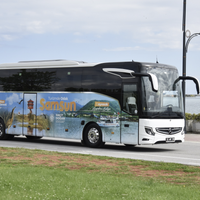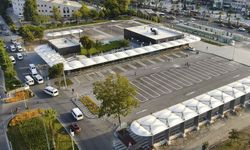Fall eye problems can be affected by a variety of factors, including changing weather conditions, allergens and lifestyle adjustments. Here are some common eye problems people may experience during the fall season and how to address them:
Allergies: Fall can cause an increase in allergens such as pollen, ragweed, and mold spores. Allergic reactions can cause redness, itching, watering and discomfort in the eyes. Over-the-counter or prescription antihistamine eye drops can help relieve these symptoms. Avoiding allergens and keeping windows closed may also help.
Dry Eyes: Colder temperatures and indoor heating can cause decreased humidity, leading to dry eyes. Using artificial tears or lubricating eye drops may provide relief. Additionally, using a humidifier in your home can help maintain a comfortable humidity level.
Increased Screen Time: With days getting shorter, many people are spending more time indoors, often looking at screens for work or entertainment. This can lead to digital eye strain. Follow the 20-20-20 rule: every 20 minutes, look at something 20 feet away for at least 20 seconds to reduce eye strain. Adjusting the screen brightness and position can also help.
UV Protection: Even in autumn, UV rays from the sun can be harmful to your eyes. Sunglasses with UV protection should be worn when spending time outdoors, especially on bright, sunny days.
Safety Precautions: Fall is a season when outdoor activities like gardening and home improvement projects can increase. Always wear appropriate protective eyewear to prevent accidents and eye injuries.
If you experience persistent or serious eye problems in the fall, it is important to consult an eye care professional for proper diagnosis and treatment.

































